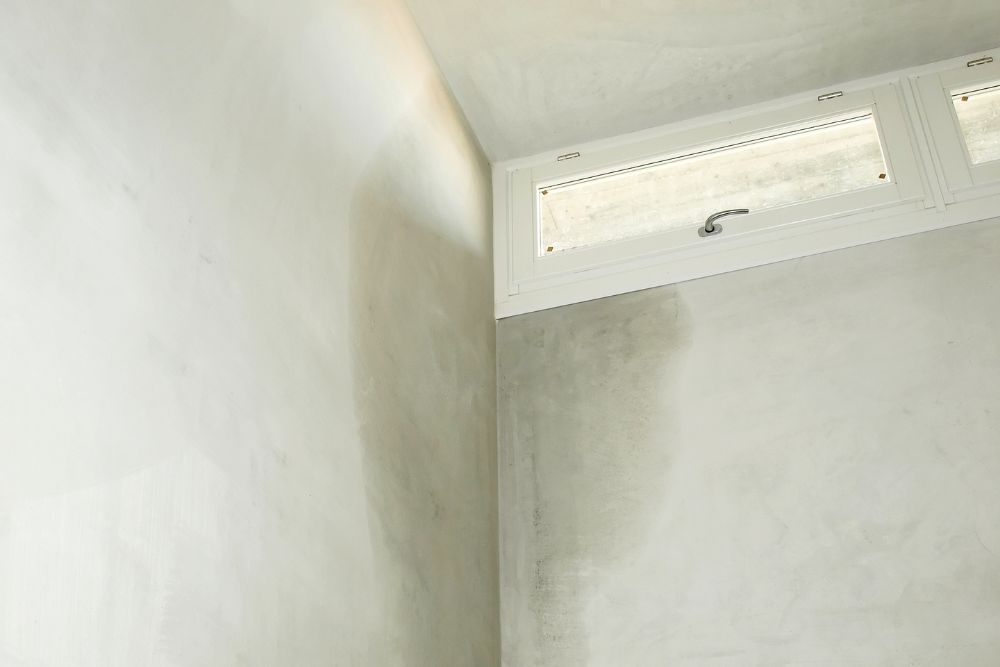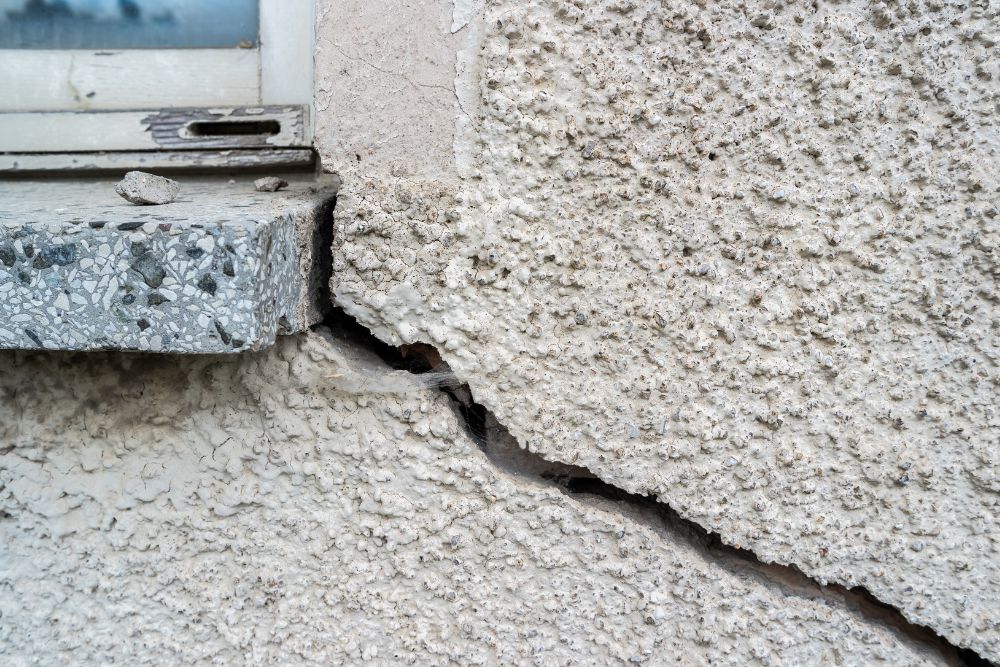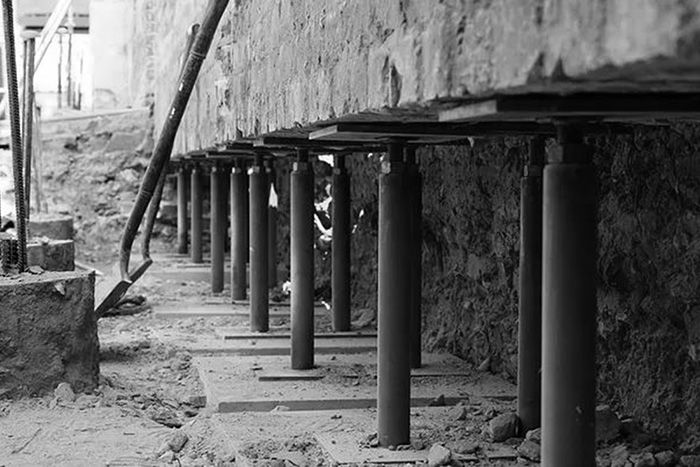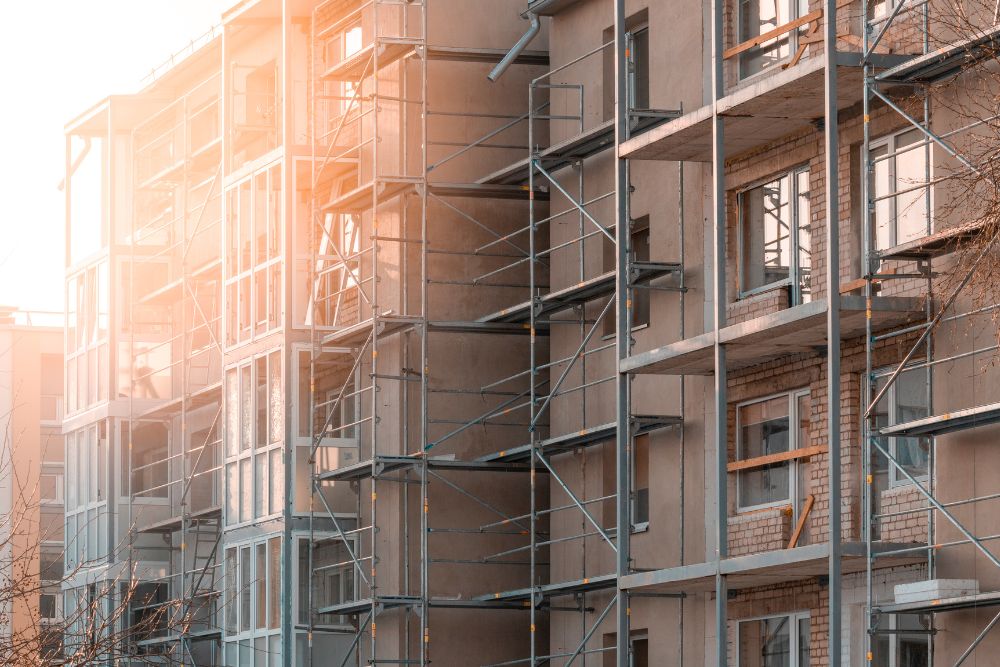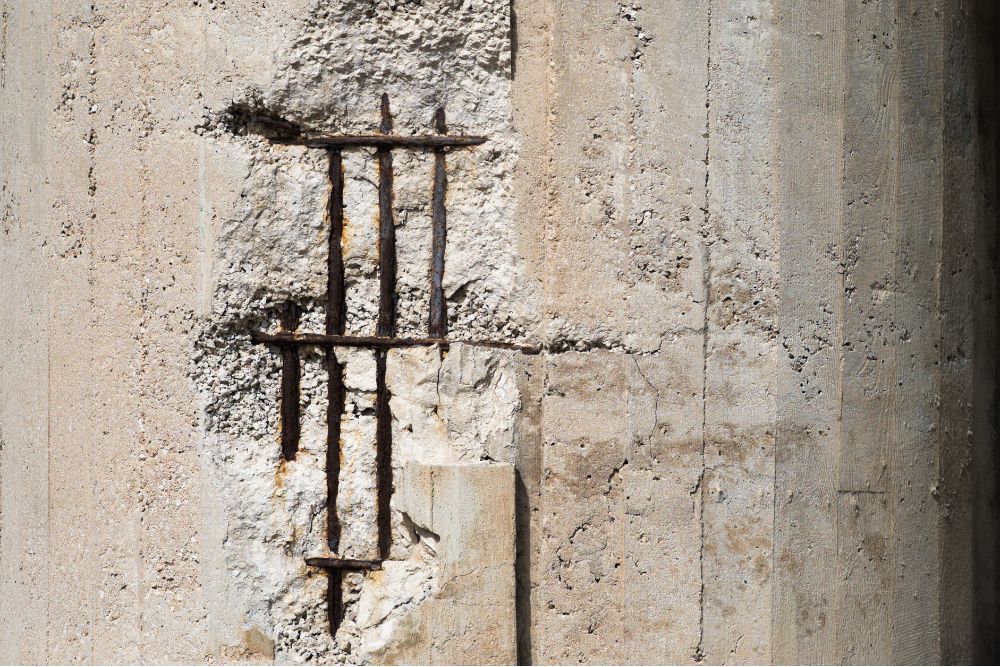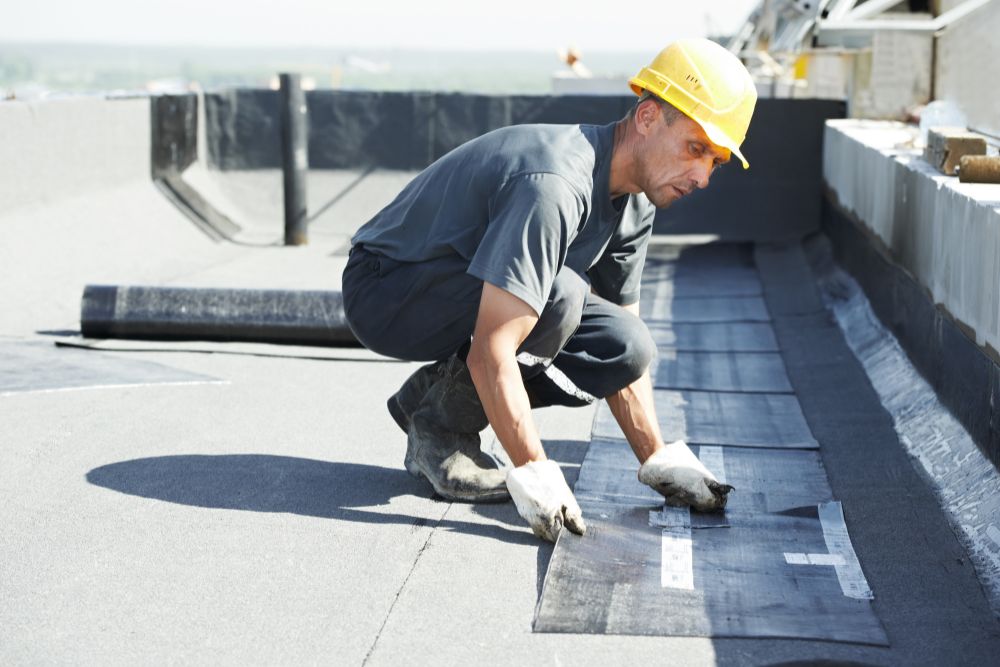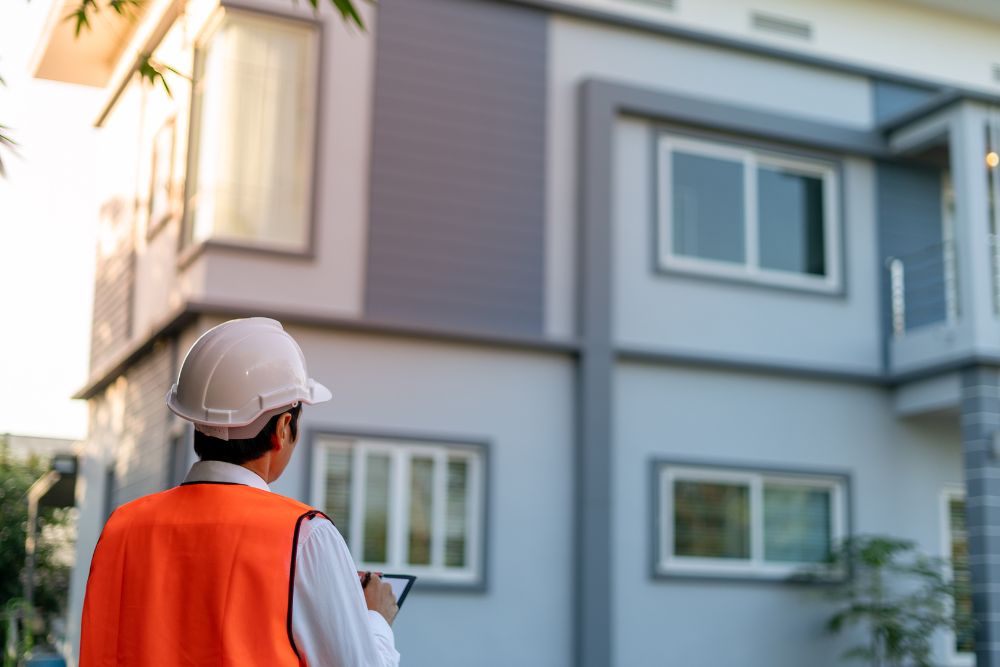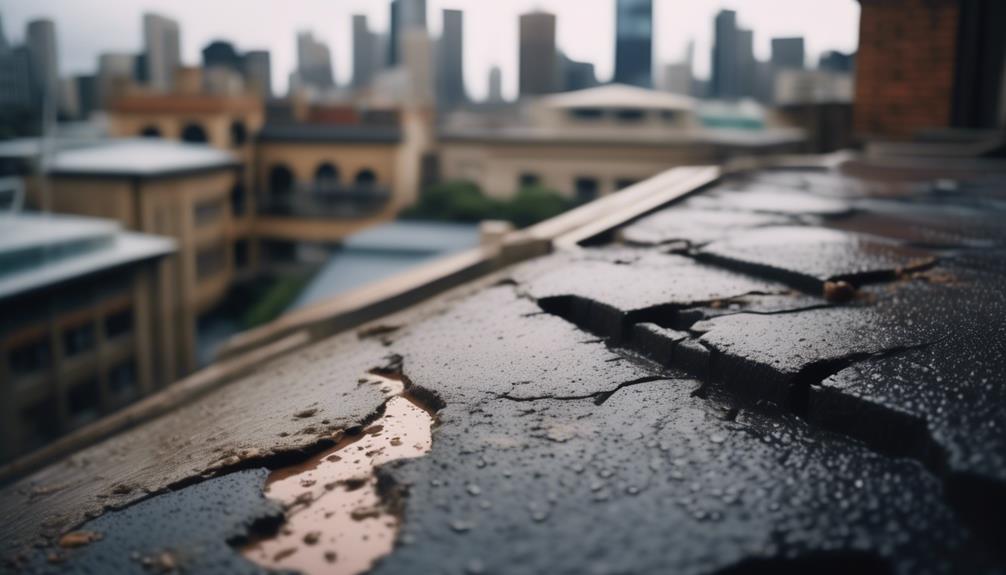
Waterproofing on buildings is a crucial aspect of construction, as it safeguards structures from water damage and ensures their longevity.
However, despite its significance, there are instances where waterproofing systems fail, leaving building owners and occupants facing costly repairs and potential safety hazards.
The reasons behind such failures are multifaceted and necessitate a comprehensive understanding of various factors, including climate conditions, construction practices, and maintenance.
In this discussion, we will delve into the underlying causes of waterproofing failures in Sydney, illuminating the challenges faced by the industry and the implications for building owners and occupants.
Key Takeaways
Waterproofing failure on buildings is often caused by poor workmanship, incorrect selection of materials, adhesive failure, and insufficient surface preparation.
Additionally, issues with foundation construction and lack of proper maintenance can contribute to the failure.
To prevent such failures, it is critical to address waterproofing issues promptly, ensure proper installation and maintenance, and select suitable materials for the climate and weather conditions in Sydney.
Climate and Weather Conditions
The climate and weather conditions of Sydney play a considerable part in the frequency of waterproofing system failures in structures. Sydney’s temperate climate, marked by gentle winters and hot summers, comes with occasional intense rainfall and thunderstorms, notably during the summer period. Such climatic conditions can subject buildings to substantial volumes of water, triggering potential water damage and undermining the efficacy of waterproofing systems.
Moreover, due to Sydney’s coastal position, it is exposed to powerful winds and air laden with salt, which can negatively influence building materials and the performance of waterproofing. The high levels of humidity, a result of the city’s closeness to the sea, can also affect the longevity of waterproofing materials. Over time, the combination of salt, moisture, and UV radiation from the sun can lead to material degradation, diminishing the efficacy of waterproofing systems.
Another factor contributing to waterproofing system failures in Sydney is the use of substandard concrete in construction. Concrete is crucial for the structural integrity of buildings, including the roof. If the concrete utilised in construction is insufficient or of low quality, it can lead to cracking and water seepage, jeopardising the comprehensive waterproofing of the building.
Poor Construction Practices
Poor construction practices considerably contribute to the malfunction of waterproofing systems in Sydney. The following substandard construction practices frequently cause waterproofing failure and result in building issues:
- Inadequate preparation: The absence of appropriate surface preparation prior to applying waterproofing membranes is a widespread issue. Insufficient time allotted for surface preparation can lead to poor adhesion, resulting in leakage problems. Surfaces need to be smooth, clean, and devoid of distortions or debris for the adequate adhesion and performance of waterproofing membranes.
- Substandard concrete: Insufficient workmanship and incorrect installation can jeopardise the efficiency of waterproofing membranes. If the concrete utilised in construction is of poor quality or not properly cured, it can impact the bonding solution’s ability to cure and adhere to the surface. This can culminate in the premature breakdown of the waterproofing system.
- Insufficient installation: Incorrect installation methods can also contribute to waterproofing failure. Poor workmanship and a lack of attention to detail during the installation process can compromise the membrane’s integrity, permitting water infiltration.
- Failure to adhere to manufacturer specifications: Adhering to the specific guidelines provided by the manufacturer is crucial for the optimum performance of waterproofing membranes. Deviating from these specifications can result in remedial issues and premature breakdown of the waterproofing system.
Addressing these substandard construction practices is essential to prevent waterproofing failures in Sydney. By prioritising proper preparation, utilising high-quality materials, ensuring correct installation techniques, and sticking to manufacturer specifications, the risk of waterproofing issues can be significantly reduced.
Lack of Proper Maintenance
The efficiency of waterproofing systems in Sydney can be compromised due to a lack of appropriate maintenance. Whilst the initial installation of waterproofing membranes is pivotal, regular upkeep is equally crucial to ensure the longevity and effectiveness of the system. Neglecting to maintain the roofing layers can result in leaks and water ingress, leading to significant damage and expensive repairs.
One of the main reasons for the failure of waterproofing systems is poor preparation before applying the membranes. Insufficient surface cleaning and preparation can inhibit proper adhesion of the waterproofing product, resulting in water seepage and leaks. Furthermore, using the incorrect product for the specific application can lead to waterproofing defects and compromised performance.
Routine maintenance is necessary to address any minor leaks or issues before they escalate into major problems. It involves inspecting the waterproofing system periodically to identify any signs of wear or damage. Timely repairs and the use of suitable sealants and coatings can help prevent further water ingress and deterioration.
Moreover, appropriate maintenance includes ensuring that the bonding solution used during installation has adequately cured. Surfaces must be smooth, clean, and free from any distortions or debris to facilitate the application of the waterproofing product. Adhering to the manufacturer’s guidelines and specifications is vital for optimum performance and longevity of the waterproofing membranes.
Inadequate Preparation
Insufficient preparation is a common cause of waterproofing failures in Sydney. Poor surface preparation, such as not allowing enough time for proper cleaning and smoothing, can lead to issues with the application of waterproofing membranes. Using insufficient or incorrect waterproofing materials due to inadequate preparation can result in leakage problems.
It is crucial to prioritise thorough and meticulous surface preparation to ensure the effectiveness and longevity of waterproofing systems.
Poor Surface Preparation
Insufficient focus on surface preparation before applying waterproofing membranes has been recognised as a significant factor leading to the failures observed in Sydney. Correct surface preparation is essential to ensure the efficiency of waterproofing systems and avoid water ingress.
Here are four reasons why inadequate surface preparation can result in waterproofing issues:
- Lack of time: Hastening through the surface preparation process due to time restraints can lead to inadequate cleaning, smoothing, and levelling of the concrete surface, resulting in poor adhesion of the waterproofing membrane.
- Poor workmanship: Inexperienced or careless workers may overlook vital steps in surface preparation, such as removing debris, oil, or other contaminants, leading to compromised adhesion and potential leakage issues.
- Inadequate curing: Insufficient curing of the bonding solution utilised during surface preparation can negatively affect the efficiency of the waterproofing membrane, leading to water ingress and subsequent waterproofing defects.
- Incorrect product selection: Using the wrong waterproofing product for the specific surface conditions can also contribute to failures. It is essential to source and provide technically superior engineered products that are suitable for the specific application to ensure long-term performance and durability.
Insufficient Waterproofing Materials
Shortcomings in the preparation of waterproofing materials can undermine the effectiveness and longevity of the applied membranes. Insufficient waterproofing materials, such as roofing layers, can result in leaks and eventually lead to structural damage. Excessive rain that leads to small leaks and issues can be detrimental to the overall integrity of the structure.
Incorrect installation and poor detailing can also contribute to waterproofing problems from rainwater. It is crucial to ensure that the waterproofing materials are of high quality and are installed correctly to prevent water infiltration. Adequate surface preparation, including smooth and clean surfaces, is essential for proper adhesion and performance of the waterproofing materials.
Effective waterproofing enables protection against water damage and ensures the durability of the building.
Incorrect Choice of Waterproofing Material
Opting for the incorrect waterproofing material can swiftly result in failure, undermining the effectiveness of the waterproofing system. It is pivotal to choose the correct material to guarantee the longevity and reliability of the waterproofing system.
Here are four primary problems that can occur from a wrong choice of waterproofing material:
- Insufficient protection: Utilising the incorrect material can result in inadequate protection against water infiltration. This can lead to leaks, moisture damage, and structural issues in the building.
- Material malfunction: Failing to adhere to manufacturer instructions when using the waterproofing material can cause it to malfunction. This can result in the material not performing as expected and failing to provide the necessary waterproofing capabilities.
- Incompatibility with surfaces: Employing a waterproofing material that is not compatible with the surface it is applied to can result in adhesion issues. The material may not bond properly, leading to gaps and areas where water can penetrate.
- Sourcing unreliable products: Opting for the incorrect source or supplier for waterproofing materials can lead to the use of substandard or low-quality products. It is essential to ensure that the chosen supplier provides technically excellent products that meet the necessary benchmarks for waterproofing.
To avoid these issues, it is important to conduct thorough research and consult with professionals to identify the most suitable waterproofing material for the specific project, and to ensure proper installation and compatibility with the surfaces involved, such as the roof.
Adhesive Failure
Adhesive failure within waterproofing systems can transpire due to leftover moisture, leading to the detachment of the waterproofing material. This can pose a significant issue in building structures as it can result in water leakage and water ingress, inflicting damage to the building and its occupants. When adhesive failure occurs, the integrity of the waterproofing system is compromised, permitting water to seep through minuscule leaks and cracks in the structure.
To prevent adhesive failure, it is vital to take a proactive approach to maintenance and address any waterproofing defects promptly. Prior to applying the waterproofing system, it is crucial to test the surface dryness to ensure that there is no leftover moisture. Choosing a waterproofing membrane that can be placed over damp substrates can also assist in avoiding moisture-related complications.
In addition, choosing a comprehensive waterproofing system that includes ancillaries is important. The membrane should be resistant to environmental factors and building movement to prevent adhesive failure. Regular inspections and maintenance can assist in identifying any potential issues and allow for remedial waterproofing measures to be taken before a failed flat roof or other structural problems occur.
Issues From Higher Levels
Issues From Upper Storeys
Water gathering on the rooftops of upper storeys can lead to significant damp proofing problems on the levels beneath. This is a common issue in Sydney buildings and it can give rise to various complications. Here are some of the main problems that emerge from upper storeys:
- Roof Damp Proofing: If the roof damp proofing system is not properly installed or maintained, it can lead to water entry and leakage issues. This can cause water to seep through cracks and gaps, ultimately reaching the lower levels and causing damage.
- Structural Damage: Flat roofs on upper storeys can collect excessive rainwater, especially during heavy rainfalls. If the damp proofing system fails to manage this surplus water, it can lead to leaks and structural damage. This can weaken the building’s foundation and result in more serious problems like concrete cancer.
- Poor Workmanship: Faulty plumbing systems on upper storeys can contribute to damp proofing failure. If the plumbing is not installed correctly or if there are issues with the pipes, it can lead to water penetration and subsequent damp proofing problems.
- Lack of Maintenance: Ongoing maintenance is crucial for the longevity of a building’s damp proofing system. However, neglecting regular checks and corrective damp proofing on upper storeys can affect the overall effectiveness of the system, leaving it vulnerable to leaks and other damp proofing defects.
Addressing these problems from upper storeys is vital to prevent water infiltration and protect the integrity of the entire building. Regular inspections, proper installation, and timely repairs are essential to ensure the longevity and effectiveness of the damp proofing system.
Common Problems Associated With Strata Buildings
Strata buildings in Sydney are susceptible to common issues that can result in waterproofing failures.
One frequent problem is the existence of cracks in the foundations, which can undermine the integrity of the building and allow water ingress.
Poor construction methods, such as insufficient sealing or incorrect fitting of waterproofing membranes, also contribute to these failures.
Moreover, a lack of regular maintenance can aggravate these problems over time, leading to expensive repairs and potential harm to the building and its inhabitants.
Cracks in Foundations
Cracks in the foundations of strata buildings pose significant hazards and demand immediate attention and professional rectification to avert further structural harm. Here are four crucial factors related to foundation cracks and their implications for waterproofing in strata buildings:
- Water ingress: Cracks in the foundation can let water infiltrate the building, leading to leakage issues and potential structural faults.
- Failure of the roof: If foundation cracks are not addressed, water can permeate the building’s structure and compromise the integrity of the roof, necessitating roofing works.
- Tiny leaks and cracks: Even minor cracks can result in water ingress, leading to damage to the waterproofing membrane and heightening the risk of future leakage issues.
- Refurbishment of a failed waterproofing system: When foundation cracks are identified, it is essential to undertake professional rectification to remedy any waterproofing faults and prevent further deterioration.
Poor Construction Practices
One of the primary factors leading to waterproofing failures in strata buildings is the widespread incidence of substandard construction practices. These practices are often linked with a lack of attention to detail and incorrect installation methodologies. These poor construction practices can result in various waterproofing defects and leakage issues. Examples of these issues include water ingress and insufficient protection against dampness.
A common issue is the usage of the wrong product for waterproofing. This can occur due to inadequate research or cost-saving measures. Another problem stems from the incorrect application of the waterproofing system. This can include insufficient surface preparation or improper curing of bonding solutions.
To navigate these issues, it is imperative for builders and contractors to carry out comprehensive checks and implement quality control measures during the construction process. These measures can help ensure that proper waterproofing practices are followed and that the correct products are used.
In situations where waterproofing failures transpire, remedial waterproofing should be swiftly conducted. This is important to lessen further damage and secure the building’s durability and longevity.
Lack of Maintenance
Insufficient routine maintenance is a significant contributor to the common problems linked with waterproofing in strata buildings. When maintenance is overlooked, waterproofing on buildings in Sydney is more likely to fail, resulting in various waterproofing defects. Here are four key issues that can emerge due to a lack of maintenance:
- Deterioration of materials: Without regular checks and timely remedial actions, waterproofing materials and membranes can deteriorate over time, leading to compromised waterproofing systems.
- Undetected issues: Failure to conduct ongoing inspections allows for potential water ingress to pass unnoticed, leading to leakage issues that can cause structural damage and mould growth.
- Increased repair costs: Neglecting maintenance can result in larger and more costly repairs in the long run, as the damage caused by water infiltration worsens over time.
- Reduced lifespan of the building: Lack of maintenance can significantly shorten the lifespan of the waterproofing system, impacting the overall durability and longevity of the building.
To mitigate these problems, regular maintenance is essential for identifying and addressing potential waterproofing issues early on.
Frequently Asked Questions
What Are the Most Common Causes of Waterproofing Failures?
Frequent waterproofing errors can lead to failures, affecting the integrity of buildings. Appropriate waterproofing solutions for various building types, coupled with maintenance, are essential. Environmental factors and technology contribute to the enhancement of methods. Financial implications result from waterproofing failures.
What Are the Problems With Waterproofing?
Common issues with waterproofing encompass widespread misunderstandings, absence of routine maintenance, unsuitable drainage, insufficient solutions for various types of buildings, environmental aspects, structural harm, advancements in technology, difficulties in high-rise buildings, considerations for sub-grade structures, and the advantages of employing professional contractors.
What Is the Australian Standard for Waterproofing?
The Australian Standard for Waterproofing is AS 3740-2010, which offers regulations for the design, construction, and waterproofing of wet areas in residential buildings. It outlines materials, application methods, and compliance requirements to ensure proper waterproofing and prevent water damage.
How Long Does Building Waterproofing Last?
The lifespan of building waterproofing relies on various factors, such as effective maintenance, selected waterproofing methods, environmental factors, ageing of materials, construction quality, building design, proper installation, durability expectations, climate considerations, and warranty coverage.
Conclusion
In conclusion, waterproofing failure on buildings in Sydney is often caused by poor workmanship, incorrect selection of materials, adhesive failure, and insufficient surface preparation.
Additionally, issues with foundation construction and lack of proper maintenance can contribute to the failure.
To prevent such failures, it is crucial to address waterproofing issues promptly, ensure proper installation and maintenance, and select suitable materials for the climate and weather conditions in Sydney.
If your building’s waterproofing has failed and you need a solution, call us now on 0432 899 026 or email info@smrbuilders.com.au.
